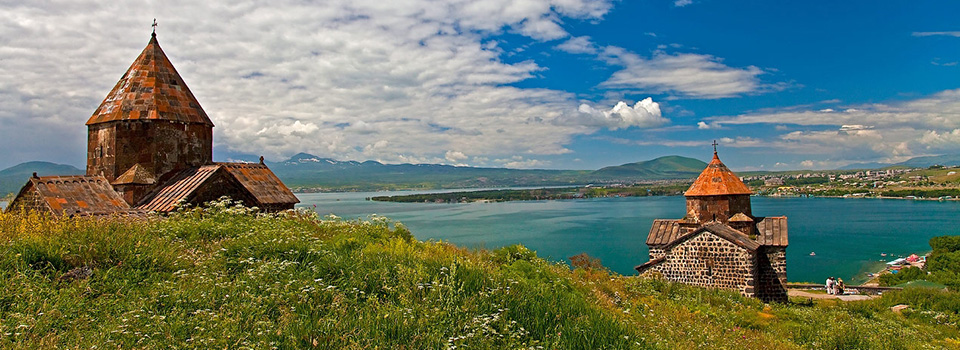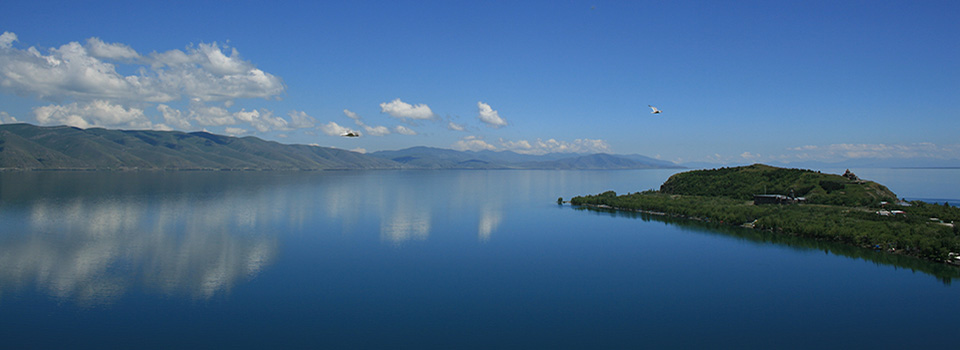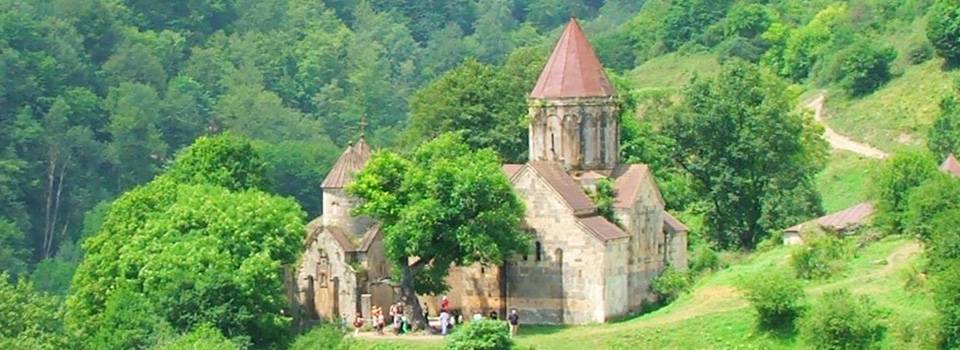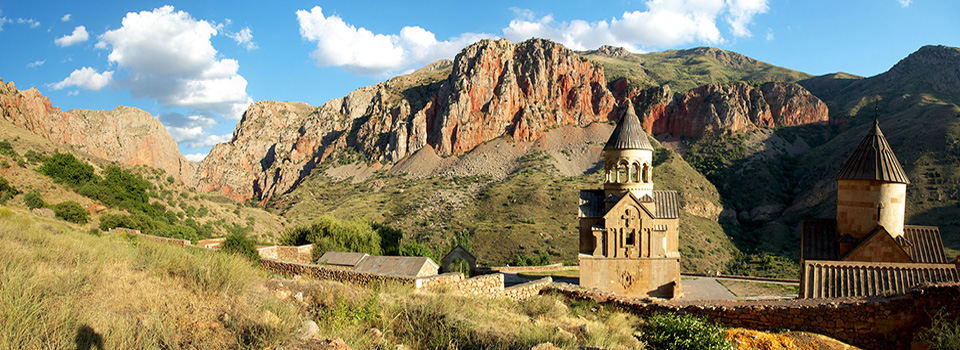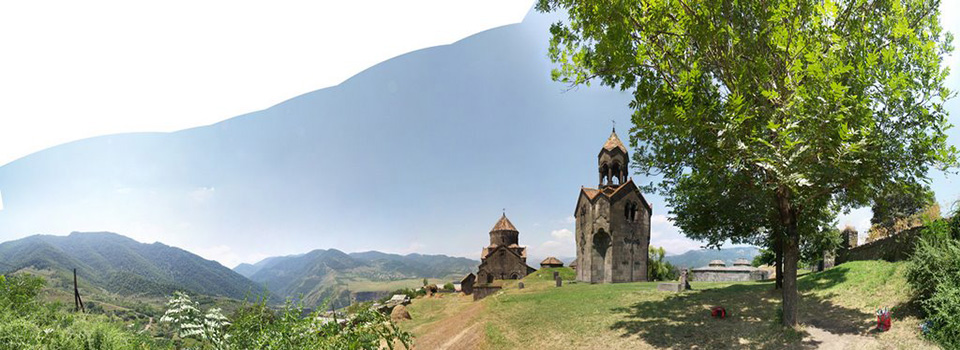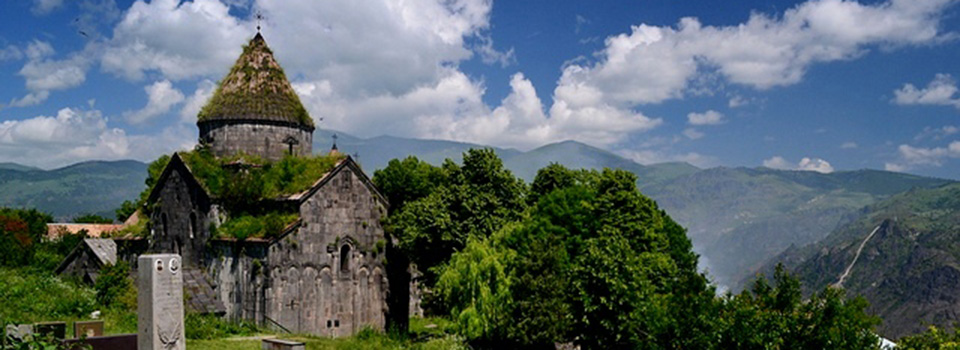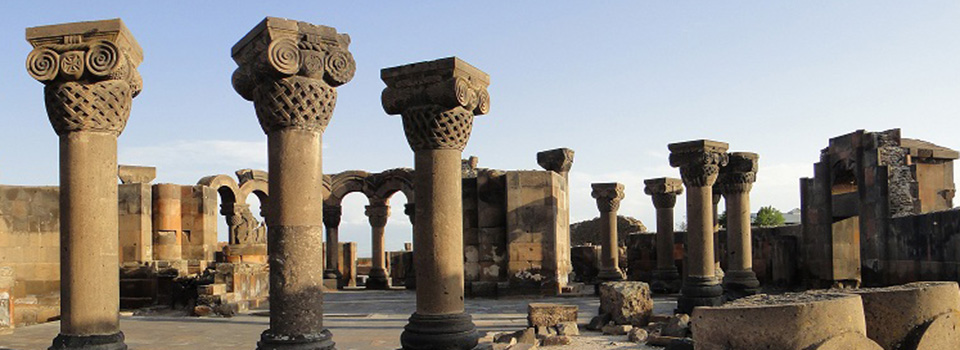Climate
Armenia's different varieties of climates depend on the absolute height of the land. The country is located in the subtropical zone, among ridges of the central part of the Lesser Caucasus Mountains. But despite this the subtropical climate is observed only in the southern part of Armenia (Megri region). It is an area of such subtropical plants as oranges, lemons, olives and other plants.
In other regions of Armenia the climate is markedly continental. Summer is dry and sunny, lasting from June to mid-September. Winter is short and quite cold with plenty of snow. In the mountains the average summer temperature ranges between +10 and +22°C, and in the winter temperatures range between +2 and -14 °C. In plain lands the average January temperature is -5 °C, and July temperature is +25 °C.
Тhese features of the variety climate of Armenia depend on the fact that more than 90% of Armenia lies on the height of 1000 meters above sea level . Therefore, the average temperature in Armenia, as in other mountainous countries, falls by one degree at every 200 meters of ascent.
The yearly precipitation amount depends on the height of the area: 200-800 mm on the average. First rainy season in Armenia lasts from spring to early summer while the months of October and November experience the second spell of rain.
Autumn and mid-spring are the best seasons to visit Armenia. Springs are short, while falls are long. Armenian fall is noted for mild and sunny weather, bright colors of landscapes and diversity of autumn fruits.






